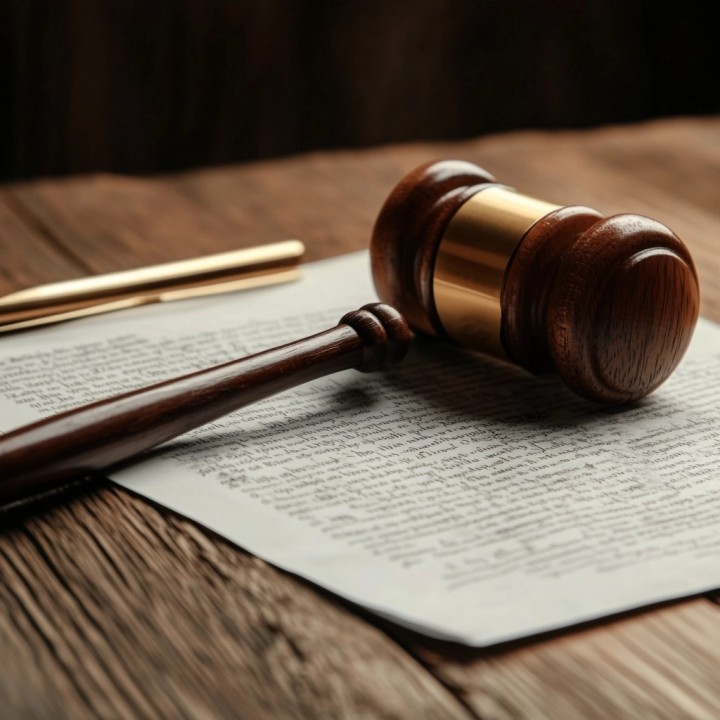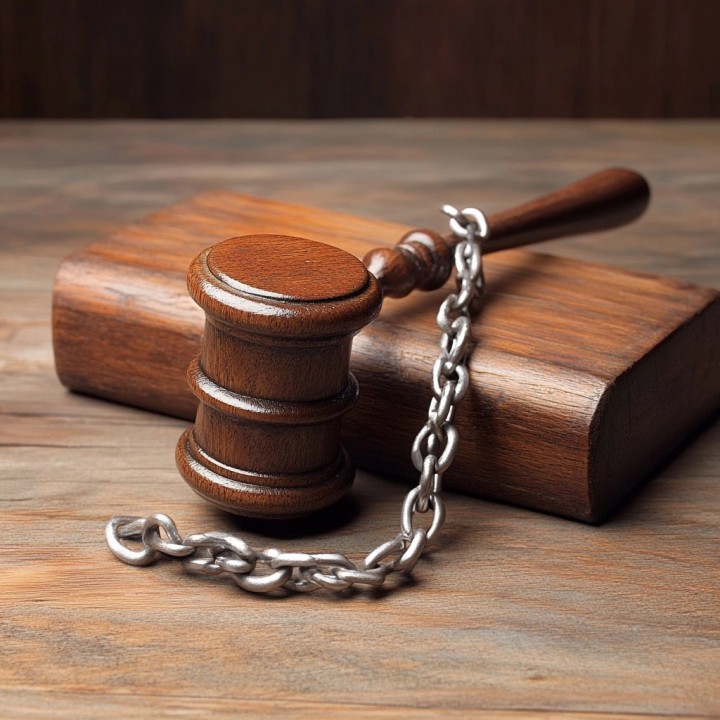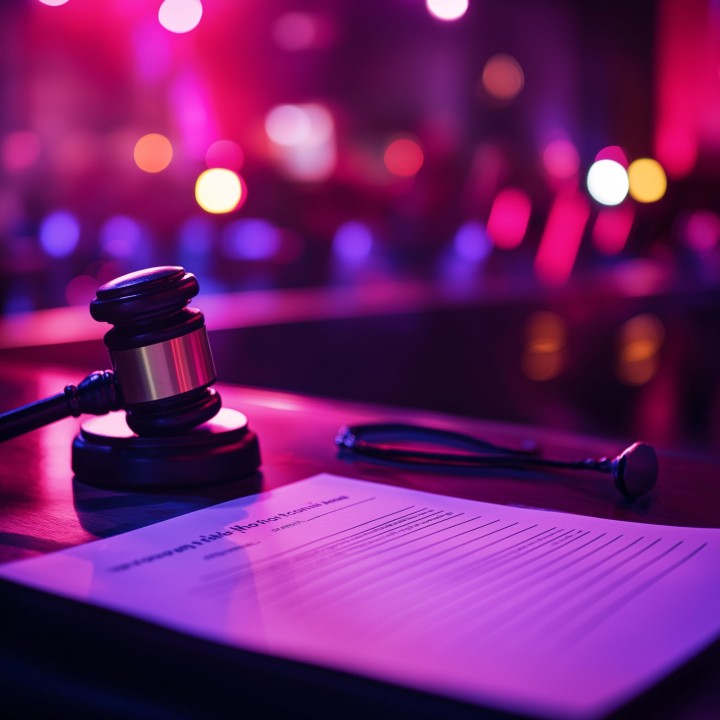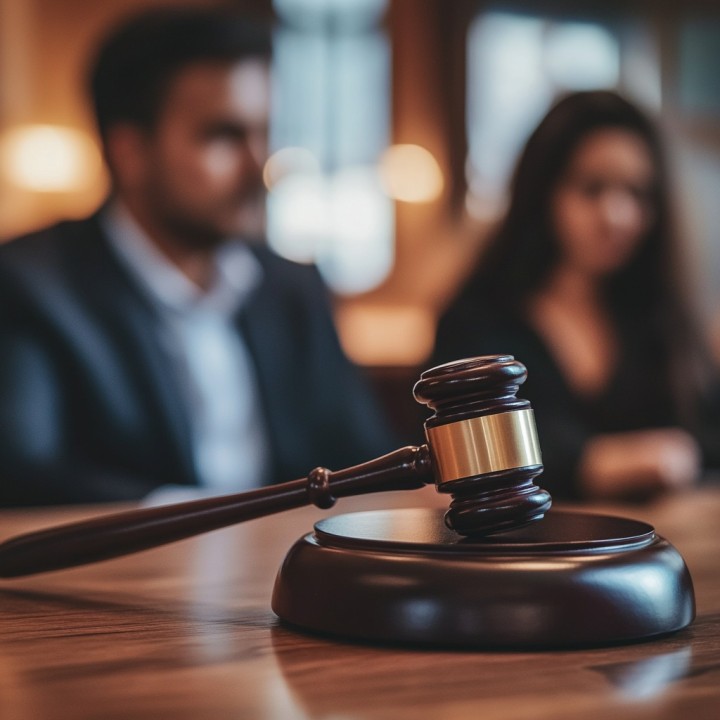Introduction to Dumb Laws in Texas
Texas, known for its rich history and cultural diversity, also boasts some of the quirkiest laws on the books. These so-called “dumb laws” range from outdated regulations to bizarre restrictions that seem almost too strange to be true. This article delves into the most notable dumb laws in Texas, exploring their origins, implications, and the peculiar charm they add to the state’s legislative history.
What Are Dumb Laws?
Dumb laws are statutes that, over time, have come to be viewed as outdated, irrelevant, or absurd. They often originate from historical contexts that no longer apply but remain on the books due to legislative oversight or inertia.
Historical Context of Dumb Laws in Texas
Many dumb laws date back to earlier times when societal norms and technological limitations were vastly different. Understanding the historical context of these laws can provide insight into why they were enacted and why they have persisted.
Notable Dumb Laws in Texas
Texas has its fair share of strange laws, many of which have become the subject of humor and curiosity.
Livestock and Animal Regulations
Several of Texas’ dumb laws pertain to the handling and treatment of animals, reflecting the state’s agrarian past.
Public Behavior Restrictions
Other laws regulate public behavior in ways that seem nonsensical today, highlighting changing social norms.
Business and Commerce Regulations
Some laws governing business practices are particularly bizarre, often reflecting outdated concerns.
Miscellaneous Dumb Laws
There are numerous other odd laws that defy easy categorization but add to the state’s quirky legal landscape.
Dumb Livestock and Animal Regulations in Texas
The Pig Law in Kingsville
In Kingsville, it is illegal to let a pig run free in public. This law likely originated from concerns about livestock disrupting daily life but seems rather unnecessary in modern times.
No Milking a Stranger’s Cow
A longstanding law makes it illegal to milk another person’s cow. This was likely intended to prevent theft but seems oddly specific today.
Walking Barefoot in Public
It is illegal to walk barefoot in public unless you have a permit. This law was probably designed to maintain public hygiene standards.
Public Behavior Restrictions in Texas
Flirting in San Antonio
In San Antonio, it is illegal to flirt or respond to flirtation using the eyes or hands. This law reflects past efforts to curb what was deemed inappropriate behavior.
Taking More Than Three Sips of Beer
There is a law that prohibits taking more than three sips of beer at a time while standing. The reasoning behind this law is unclear, but it remains on the books.
Spittoon Laws in El Paso
El Paso once had laws mandating the placement of spittoons in public buildings to maintain cleanliness. While largely obsolete, such laws reflect a bygone era.
Dumb Business and Commerce Regulations in Texas
Encyclopedia Britannica Ban
In Texas, owning the Encyclopedia Britannica is technically illegal because it contains a formula for making beer at home, a reflection of old Prohibition laws.
Wire Cutters in Austin
Carrying wire cutters in Austin is illegal without a justifiable reason. This law was likely aimed at preventing vandalism and theft of barbed wire fences.
Selling Limburger Cheese on Sunday
It is illegal to sell Limburger cheese on Sundays in certain parts of Texas, a law that probably originated from old blue laws.
Miscellaneous Dumb Laws in Texas
Shooting Buffalo from a Second Story
A strange law prohibits shooting buffalo from the second story of a hotel. This law harks back to the days when buffalo were more common and shooting from windows posed a real danger.
Dusting a Public Building with a Feather Duster
Using a feather duster to dust any public building is prohibited. This law likely aimed to control hygiene practices but seems overly specific.
UFO Law in Levelland
In Levelland, there is a law that prohibits the landing of UFOs. While clearly tongue-in-cheek, it reflects local folklore and humor.
Why Do Dumb Laws Exist?
Dumb laws often persist due to legislative inertia, where removing them is seen as unnecessary or a low priority. They can also remain as curiosities, reflecting past societal norms and priorities.
The Impact of Dumb Laws on Society
While most dumb laws are not actively enforced, they can occasionally cause confusion or be used inappropriately. They also reflect the evolving nature of law and society.
Are Dumb Laws Enforced?
Most dumb laws are not actively enforced and are often considered more of a historical curiosity. However, technically, they remain on the books and could be enforced under specific circumstances.
How to Repeal Dumb Laws in Texas
The Legislative Process
Repealing a dumb law involves the same legislative process as passing a new one. This includes drafting a bill, committee review, and approval by both legislative houses and the governor.
Recent Efforts and Success Stories
There have been successful efforts to repeal outdated laws, often driven by public interest and advocacy. Highlighting these successes can encourage further legislative clean-up.
Frequently Asked Questions about Dumb Laws in Texas
What are some examples of dumb laws in Texas?
Examples include laws against flirting in San Antonio, milking a stranger’s cow, and taking more than three sips of beer at a time while standing.
Why do dumb laws exist?
Dumb laws often persist due to legislative oversight, historical context, or a lack of priority in repealing outdated regulations.
Are dumb laws enforced in Texas?
Most dumb laws are not actively enforced and are largely considered historical curiosities.
How can a dumb law be repealed in Texas?
Repealing a dumb law involves the legislative process, including drafting a bill, committee review, and approval by the state legislature and governor.
What is the pig law in Kingsville?
In Kingsville, it is illegal to let a pig run free in public, a law likely rooted in historical concerns about livestock management.
Why is it illegal to walk barefoot in public in Texas?
The law requiring a permit to walk barefoot in public likely aimed to maintain public hygiene standards.
Conclusion
Dumb laws in Texas provide a fascinating glimpse into the state’s legislative history and societal evolution. While many of these laws are outdated and not enforced, they continue to intrigue and amuse. Understanding these laws and their contexts underscores the importance of continually reviewing and updating legal codes to reflect contemporary values and realities.









